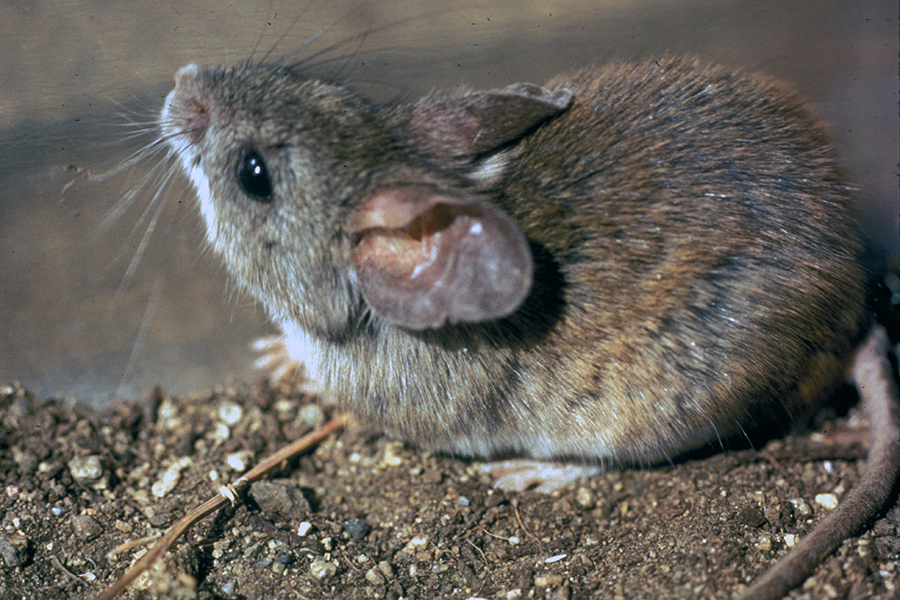FSU researcher: Family of rodents may explain how some groups of animals become so diverse

(Peter Meserve and Mammal Images Library of the American Society of Mammalogists.)
The answer is simple — the rodents were able to move quickly across the continent unencumbered by geographic boundaries that can’t be easily crossed such as an ocean.
FSU Professor of Biological Science Scott Steppan and his former postdoctoral researcher John Schenk, now at Georgia Southern University, developed a new model that shows how geography can play a major role in how families of animals evolve and result in many species. The research was part of a $500,000 grant from the National Science Foundation to understand why the superfamily Muroidea (which includes the subfamily Sigmodontinae) is the most diverse branch of the mammal family tree.
The research is published in the journal American Naturalist.

Scientists in the past had believed that when species evolved in a short period of time they diverged because of different ecological niches, not necessarily because of the ability to cross geographic boundaries.
Schenk and Steppan found that the species Sigmodontinae moved into South America and quickly diversified across all the regions within the continent. In about 8 million years, they diversified into about 400 new species that covered South America.
“That’s really fast,” Steppan said.
As time passed, the movement between regions and diversification slowed because the regions and their associated ecological niches were essentially full.
“This [geography] largely tracks with what speciation is doing,” Steppan said. “After that initial burst, it slows down.”
Steppan studies evolutionary biology and has always been interested in how species diversify. Most studies of species diversification involve islands where different groups of terrestrial species are walled off from competing interests by ocean water allowing for animals to diversify based simply on the ecology of the island.
But little is known about how species diversify across the continuous geography of a continent.
Steppan said that he and Schenk are looking at several possibilities for follow-up studies that focus on DNA work and measuring other aspects of the rodents, such as the structure of their limbs and skulls, to see how these structures adapted to new environments over time.

